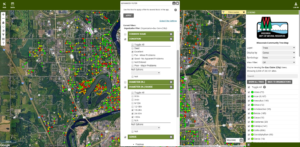By Tara Bergeson, DNR invasive species team leader, 608-264-6043, Tara.Bergeson@wisconsin.gov
Nominations are being accepted through March 23, 2020 for “Invader Crusaders.” These awards go to individuals, groups and organizations who made outstanding contributions in 2019 to prevent, control or eradicate invasive species that harm Wisconsin’s native wildlife and wetlands, forests, prairies, lakes and rivers.
The Wisconsin Invasive Species Council is seeking nominations for exemplary efforts at addressing issues surrounding terrestrial and aquatic invasive plants and animals. The awards will be presented in both volunteer and professional categories.
To submit a nomination, download and fill out a nomination form available on the Wisconsin Invasive Species Council’s Invader Crusader webpage. Email the completed form to invasive.species@wisconsin.gov by March 23.
A panel of Wisconsin Invasive Species Council members will review the nomination materials and select the award winners. All nominators and winners will be notified by mid-May 2020.
Recipients of the awards will be recognized at an awards ceremony on June 11 at Olbrich Botanical Gardens in Madison.
Invasive species are nonnative plants and animals that cause great ecological, environmental or economic harm, and some can even affect human health. Once an invasive species becomes established in an area, it can be difficult to control. The most important action Wisconsinites should take is to avoid moving invasive species or the materials that might harbor them to new places.
To learn more about what you can do to stop the spread of invasive species, visit the DNR invasive species webpage.
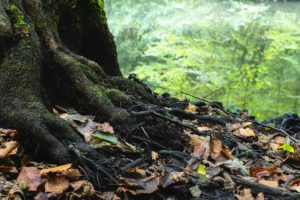 Myth #1: A tree’s root system is a mirror image of what is above ground.
Myth #1: A tree’s root system is a mirror image of what is above ground.
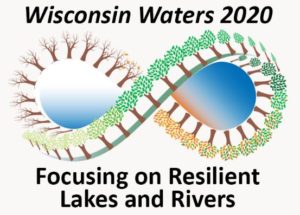 April 1 – 3, 2020 – Now an Online Learning Event only due to impacts from the coronavirus and associated public health protocols. Attend from the comfort of your favorite chair!
April 1 – 3, 2020 – Now an Online Learning Event only due to impacts from the coronavirus and associated public health protocols. Attend from the comfort of your favorite chair!  As winter melts into spring, two new webinar series are getting underway.
As winter melts into spring, two new webinar series are getting underway.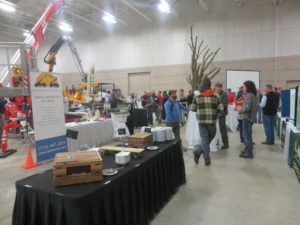 The 2020 Annual Statewide WDNR/Wisconsin Arborist Association (WAA) Urban Forestry Conference, “Sustaining Urban Forests to Ensure a Healthy Future,” set another attendance record this past February 16-18 in Green Bay.
The 2020 Annual Statewide WDNR/Wisconsin Arborist Association (WAA) Urban Forestry Conference, “Sustaining Urban Forests to Ensure a Healthy Future,” set another attendance record this past February 16-18 in Green Bay.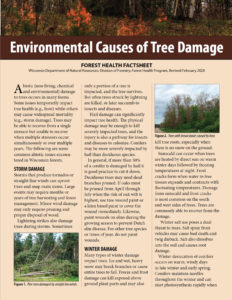 The DNR Forest Health team recently updated its factsheet on common forms of abiotic (non-living, chemical and environmental) damage to trees in Wisconsin.
The DNR Forest Health team recently updated its factsheet on common forms of abiotic (non-living, chemical and environmental) damage to trees in Wisconsin. 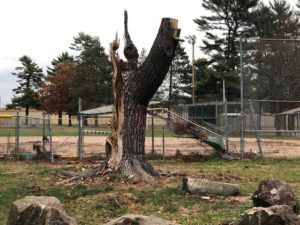 Last October, the Department of Natural Resources’ Urban Forestry program awarded fifteen communities and
Last October, the Department of Natural Resources’ Urban Forestry program awarded fifteen communities and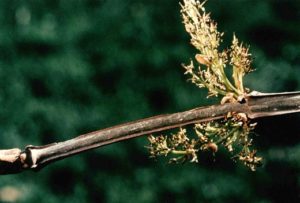 e emerald ash borer (EAB) has a voracious appetite. This pest has eradicated unprotected green and white ash in many communities in southern Wisconsin and can be expected to eventually impact all communities in the state. EAB is also damaging wetland and riverine forests by eliminating green and black ash from these woodlands, which had already become less diverse and resilient from the loss of American elm from Dutch elm disease.
e emerald ash borer (EAB) has a voracious appetite. This pest has eradicated unprotected green and white ash in many communities in southern Wisconsin and can be expected to eventually impact all communities in the state. EAB is also damaging wetland and riverine forests by eliminating green and black ash from these woodlands, which had already become less diverse and resilient from the loss of American elm from Dutch elm disease.